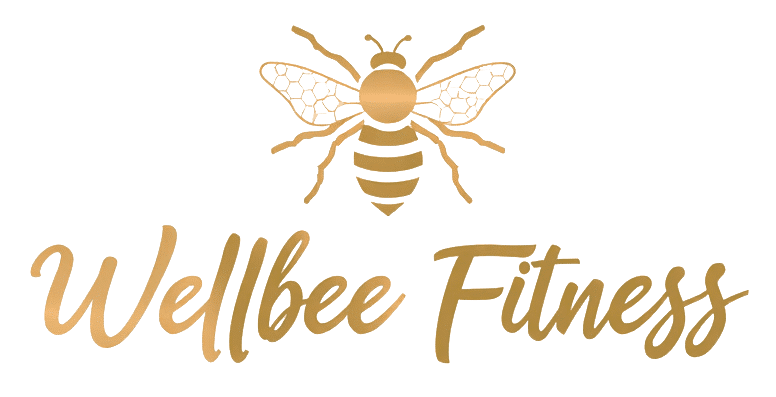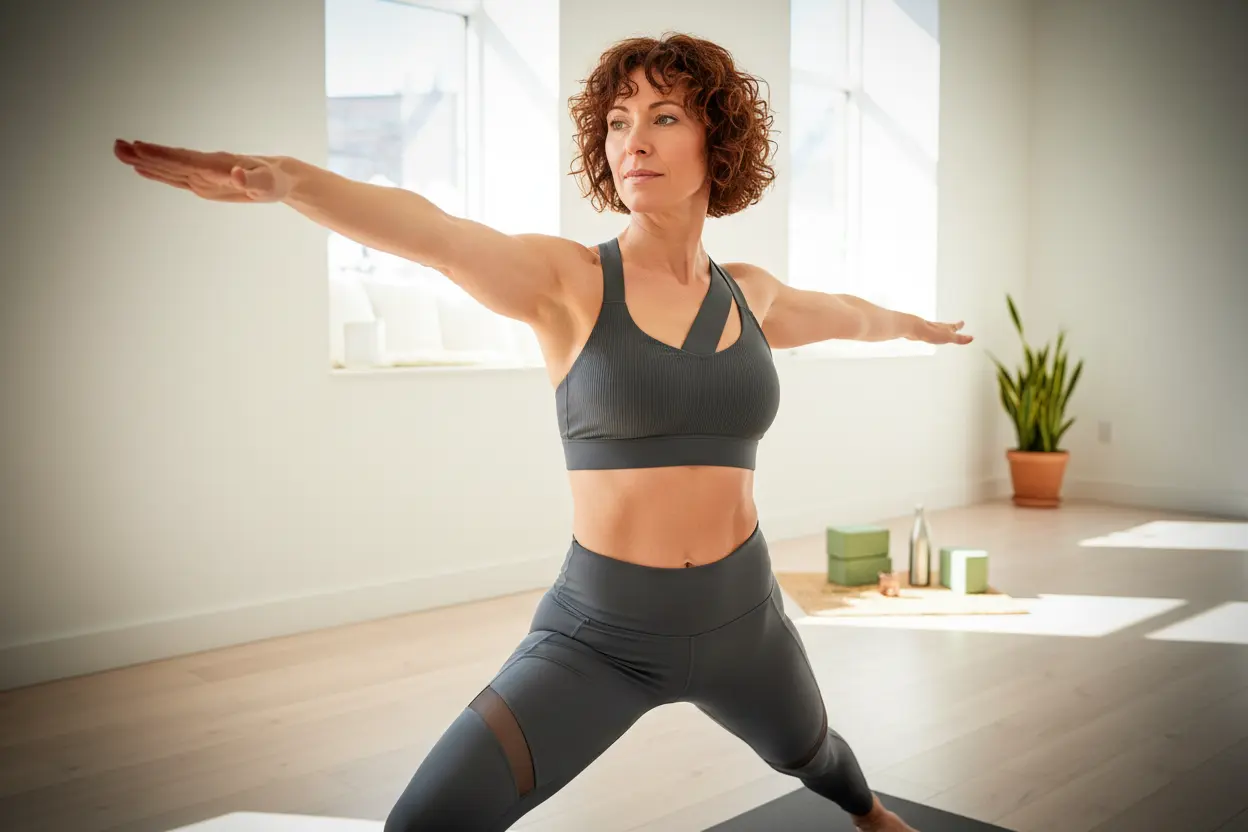Dreaming of a flat belly? You’re not alone! But before you force yourself through another marathon of crunches, let’s reveal a simpler—and Harvard-endorsed—method to flatten your stomach and boost your whole silhouette. Spoiler: it’s way friendlier on your back and your motivation. Ready to finally melt that notorious belly fat? Let’s dive in!
Harvard’s Secret Move: The Hallow Plank
If a toned, flat stomach is your goal, there’s good news. Experts from Harvard Medical School recommend one straightforward, highly effective movement that’s shaking up ab workouts: the Hallow plank. This exercise targets your entire abdominal belt while simultaneously improving your posture and stability. Results? A noticeably stronger core—without the risk of bulging out like a cartoon strongman or giving your lower back any grief.
- How does it work? In a report by editors of Harvard Health Publishing, the verdict was clear: “No workout to flatten the belly and carve the abs works better than isometric exercises.” The Hallow plank leads the pack for reinforcing ab strength and earning that trim look.
- The secret to performing a plank, according to Harvard Medical Publishing? Don’t round your back, look slightly forward, and keep your abs and glutes tensed. (Yes, it’s a game of laser-like alignment.)
How-To: The Hallow Plank, Step by Step
- Start by supporting yourself on your forearms and toes. Position your body so it’s as flat as a board—think straight line from the crown of your head, shoulders, pelvis, knees, to your ankles.
- Pulll your belly in as if you’re “sucking in” your navel—this helps activate the pelvic floor.
- Breathe calmly and normally throughout. (Holding your breath is for swimming, not planking!)
Don’t worry if you can only last 15 seconds at first. Even Harvard says that’s totally normal! Rest for 30 seconds and repeat two or three times. Over the days, increase your hold: aim for 30 seconds, then progress to a minute—and if you get ambitious, go for more. The optimal routine? Four rounds of one-minute planks, with a 30-second rest between each. Treat your core, and soon, it’ll treat you right back.
Why Planks Outshine Crunches (and Everything Else)
The fabled flat stomach isn’t just about looks: a strong abdominal belt keeps your organs in place, stabilizes your torso, and supports good posture—helpful for avoiding back pain. For best results, you need to strengthen all your abdominal muscles, especially the transverse abdominis and the obliques, which cinch your waist and support your viscera.
- Forget the crunches: Despite their popularity, crunches actually create excessive intra-abdominal pressure and can weaken the pelvic floor, leading to all sorts of issues over time. Guarding your pelvic floor is crucial to prevent discomfort and urinary leaks. That’s not just a fitness tip—it’s a quality-of-life improvement.
- Deep breathing (hypopressive) is especially recommended to effectively work the transverse for deep core support.
- Maintaining a long, neutral spine and pelvis preserves your flat stomach and reduces strain.
- Long, low-impact efforts—such as Nordic walking or yoga—not only burn fat but also sculpt your abs deeper than you’d expect.
No need to chase bulk: today, trainers (and Harvard itself) champion core exercises—planks and static holds (isometric movements)—which simultaneously strengthen surface and deep muscles, especially in your trunk and hips. With consistent practice, your body won’t just bulk up; it’ll become toned from within. Legs, stomach, arms—all refined and elegantly shaped. Say goodbye to the days of quick, forceful, repetitive moves making you look (and feel) like Popeye.
Bonus: The Plank’s Benefits Go Far Beyond Flat Abs
Core work isn’t just for gym rats—anyone looking for a healthier, more stable body can benefit. Planks and deep core training do wonders for women in particular, strengthening both deep muscles and the pelvic floor. This helps support the bladder and uterus and reduces the risk of prolapse or incontinence. A toned pelvic floor can even boost satisfaction for both partners. Not a bad perk!
- Improved posture: Tensing your core elongates your spine and naturally pulls your shoulders back and your chest out—test it standing in front of a mirror. Instantly, you appear taller, prouder, and more confident.
- Pain prevention: With a reinforced core, back pain and instability are less likely—preventing nasty falls and making everyday movements smoother.
- Sports enhancement: A toned transverse makes you more resilient for running, yoga, swimming, tennis, cardio, and cross-training.
- Digestive boost: Coordinated breathing in core exercises acts like a gentle “palpation” for your viscera, helping ease stubborn digestion.
Harvard experts even provide a six-exercise core circuit specifically to strengthen the transverse abdominis:
- Sit and Balance: Sit with bent legs, holding your thighs. Lift one leg at a time, balance on your glutes, lengthen your back, lean slightly back, and hold. Intermediate: Stretch legs up and grab ankles or calves. Hold for 6–7 breaths (about 30 seconds).
- Plank to Downward Dog Reach: Start in an extended plank with abs contracted. Lift hips upward; as you exhale, reach your right hand to the outside of your left ankle or calf, engage your core, twist your torso left. Return to downward dog, hands on the floor. Intermediate: Straighten your legs, push heels toward the floor. Five reps each side.
- Supine Resistance Press: Lying down with knees over hips and hands on thighs. As you exhale, press hands into thighs while legs resist. Draw your belly in, contract your abs. Intermediate: Lift shoulders off the ground. 6–7 breaths (30 seconds).
- Alternating Leg Extensions: Lying on your back, arms long, knees bent over hips. As you exhale, extend one leg to 45°, don’t arch your back, pull your navel to your spine. Alternate legs. Intermediate: Both legs out. 10 reps each side.
- Bear Plank: On all fours, hands under shoulders, knees below hips, back long. As you exhale, press hands down and lift knees a few millimeters off the floor—pull your navel up. Intermediate: Extend one leg then the other for full plank, toes down, then return one by one to bear plank. 6–7 breaths (30 seconds).
- Side-Lying Double Leg Lift: Lie on your side (hip support), head on arm, hand in front of chest, legs extended. As you exhale, raise both legs at the same time, bracing your core—don’t roll forwards or backwards. Intermediate: Lift torso as well. 10 reps each side.
Remember, a truly flat belly means training deep more than superficial muscles. Strengthen your transverse abdominis, focus on steady breathing, and swap old-school crunches for planks and isometric moves. Keep at it—and you may just end up surprising yourself (and your mirror) way sooner than you think!

John is a curious mind who loves to write about diverse topics. Passionate about sharing his thoughts and perspectives, he enjoys sparking conversations and encouraging discovery. For him, every subject is an invitation to discuss and learn.






